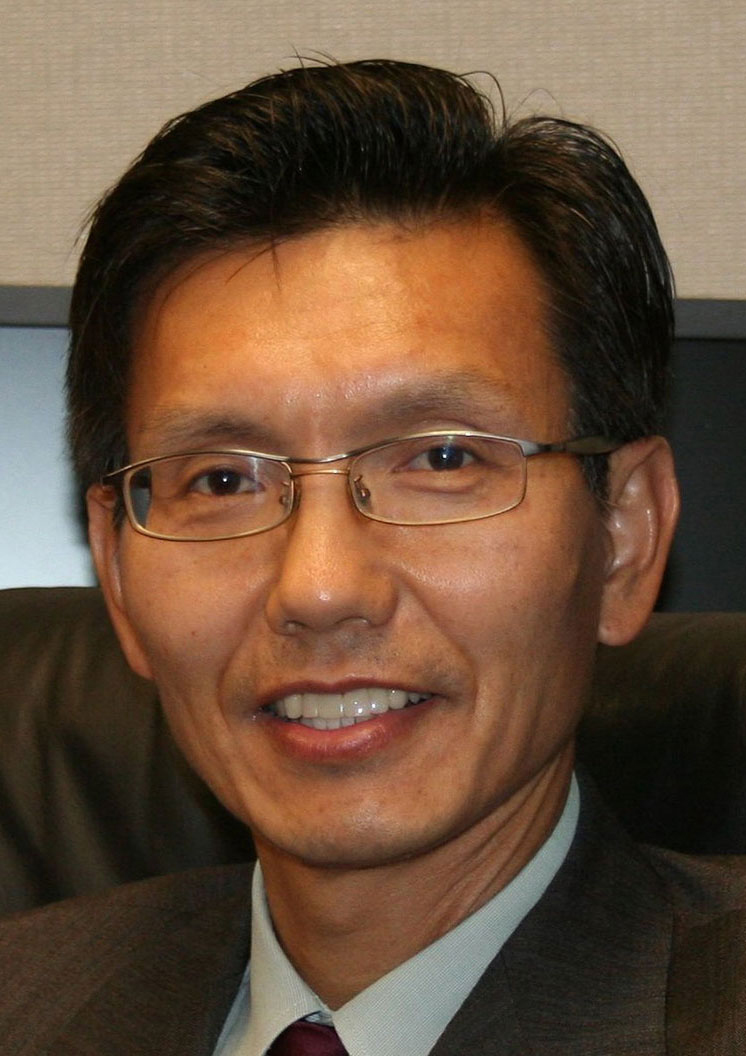

The HPC2 provides an advanced computing infrastructure in support of research and education activities of the collaboratory's member centers and institutes.

It is the job of the member centers to help support and grow the HPC²'s infrastructure while the HPC²'s human and computational resources are leveraged by the member centers to increase MS State's scientific, educational, and economic footprint. The HPC² has been in operation for more than 20 years and has consistently been amongst the best managed and most powerful supercomputing sites in academia (and arguably in any sector). The HPC² member centers can vary greatly in their research/educational/service goals, but all are united by research excellence, a need for state-of-the-art high performance computing technologies/infrastructure, and histories of research and fiscal success both independently and as part of large multi-disciplinary teams. The HPC equipment and operations team serves a coalition of select institutes and centers (traditionally called "member centers"). Trey Breckenridge, and a dedicated business staff led by Ms. These buildings house state-of-the-art high performance computer clusters (i.e., supercomputers), associated support instrumentation, a dedicated computing staff led by Mr. The STC building at the NASA SSC is a 38,000 square foot facility consisting of office space, classroom space, and a data center. The CAVS building is a 57,000 square foot facility consisting of numerous office suites, experimental laboratories housing an extensive array of equipment in support of materials, advanced power systems, and human factors research activities, as well as a small data center. The Portera HPC Building is a 71,000 square foot facility designed in an open manner to facilitate multi-disciplinary interactions and houses the organization's primary data center. But this time, instead of a bomb of almost unimaginable power, the weapon is a computer of almost unimaginable speed.The HPC² facilities include two buildings in Starkville, MS, the Portera HPC Building and the CAVS Building, both within the Thad Cochran Research, Technology, & Economic Development Park adjacent to the Mississippi State University campus, and the STC building at the NASA John C.

Today, not far from where that sign stood, Oak Ridge is home to the Department of Energy's Oak Ridge National Laboratory, and it's engaged in a new secret war. A sign near the exit read: what you see here, what you do here, what you hear here, when you leave here, let it stay here. And as with the Manhattan Project, the venue chosen for the supercomputing program was the town of Oak Ridge in eastern Tennessee, a rural area where sharp ridges give way to low, scattered hills, and the southwestward-flowing Clinch River bends sharply to the southeast.Ībout 25 miles from Knoxville, it is the "secret city" where uranium- 235 was extracted for the first atomic bomb. Dubbed the High Productivity Computing Systems program, its goal was to advance computer speed a thousandfold, creating a machine that could execute a quadrillion (10 15) operations a second, known as a petaflop-the computer equivalent of breaking the land speed record. The plan was launched in 2004 as a modern-day Manhattan Project.


 0 kommentar(er)
0 kommentar(er)
